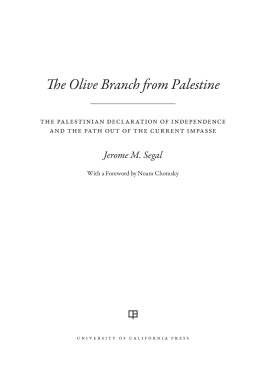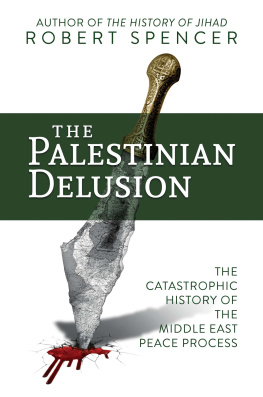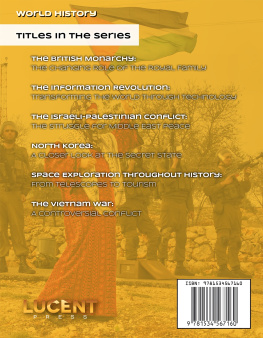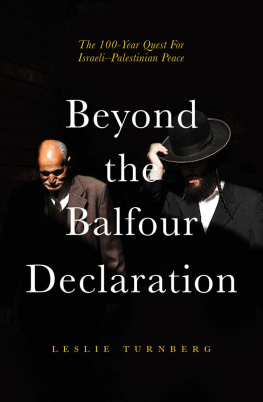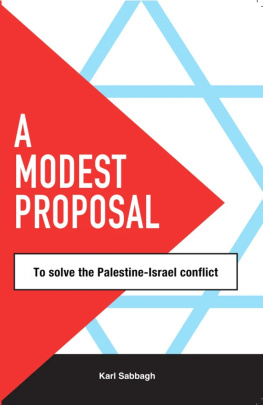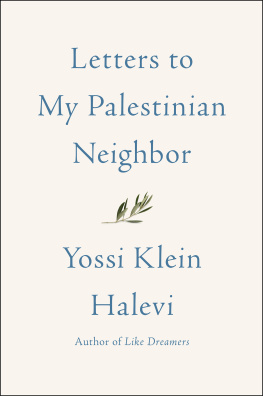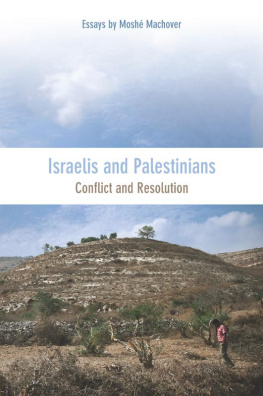FOREWORD
Noam Chomsky
Palestinians face grim times. Of that there is no doubt. That is true even apart from the legacy of the Trump administration, which, regrettably, seems likely to have set its stamp on policy for the near future at least. Trump and associates seemed to take particular pleasure in kicking the weak and vulnerable in the face while abjectly serving power. Palestinians were an obvious choice. Boiled down to its essence, the Trump administrations message to the Palestinians was: Youve lost, get over it .
But the roots of the Palestinian plight are far deeper. One might even say that it is to Trumps credit to have brought forth clearly, with his trademark vulgarity, what has been the essence of US policy for many years: refusal to recognize the Palestinians as equal bearers of rights.
Thanks in no small part to US support for Israeli crimes over many years, two million Palestinians now barely survive in Gaza. The territory will soon be literally unlivable according to international monitors, after years of brutal siege, regular destructive assault, and a carefully administered diet by the Israeli occupiers designed to keep the population barely alive but no more than that. There has been one lifeline for Palestinians: the meager support from the United Nations Relief and Works Agency for Palestine Refugees in the Near East (UNRWA). Trumps reaction to the impending catastrophe was to terminate US funding for UNRWA. His reason? Palestinians show no appreciation or respect for him as he offers them an ultimate deal that ends all hopes for minimal rights, while handing Jerusalemactually vastly expanded Greater Jerusalemover to Israel. As a special gesture of contempt, he even proceeded to cut funding for Palestinian hospitals in East Jerusalem.
In the miserable Shatila refugee camp in Beirut, still reeking of the Israeli-coordinated slaughter that culminated its murderous 1982 invasion, children play in the mud in dark alleys where they will spend the rest of their lives, retiring to the small rooms where the family still treasures their one sacred possession: the key to the home in Galilee from which they were expelled in the Nakba. I have seen many scenes of misery and terror but few evoking such pathos as these little children. They had one ray of light, the UNRWA-funded school in the slum, now extinguished, courtesy of the Leader of the Free World.
In the West Bank, Israel pursues the systematic policy initiated shortly after the 1967 war of creating a Greater Israel that will take over everything of value and effectively incorporate it into Israel with vast settlement and infrastructure projects, a form of de facto and probably later de jure annexation. All illegal, as determined by every relevant international authority, but laws are for the weak. As in neocolonies generally, Palestinian elites will be able to enjoy Western standards in Ramallah, with 90 per cent of the population of the West Bank living in 165 separate islands, ostensibly under the control of the [Palestinian Authority] but actual Israeli control, as reported by Nathan Thrall, senior analyst with the International Crisis Group.
The Syrian Golan Heights, illegally annexed by Israel in violation of Security Council orders, has long been forgotten, along with its former inhabitants.
These policies have been pursued systematically by all governments, including those of moderate doves, such as former president Shimon Peres, one of the architects of settlement deep in the West Bank. Could it have been otherwise? Can it still be? These are the questions posed in Jerome Segals carefully argued and highly informative study, centered on an original strategy that he had devised, a strategy implemented by the Palestinian leadership but only partially, so that its feasibility remains untested. I have followed these matters closely for a long time, but Segals account contains a good deal that was new to me, notably the background for the Palestinian Declaration of Independence that is the centerpiece of Segals strategy and the longer-term plans that the Declaration was to initiate.
The first step, which was not followed by the full strategic concept, was the issuance in November 1988 of the Declaration of Palestinian Independence, modeled on Israels Declaration of independence. The Declaration, authored by the Palestinian national poet Mahmoud Darwish, called for a Palestinian state that would live in peace with Israel. It conformed closely enough to what was by then an overwhelming international consensus, excluding Israel and the United States, the two leaders of the rejectionist camp, if we are to use the phrase honestly.
That was to be the first step of Segals strategy. In his words: It is the core thesis of this book that at the time of the Declaration, the Palestinians had started down the path of a potentially successful strategy for achieving independence: a path of unilateral peacemaking. By this I mean an effort to move strongly toward both statehood and end-of-conflict, without reliance upon negotiated agreements with Israel.
Clearly the strategy faced serious obstacles. The first problem was to engage the Palestinian leadership, the PLO, which had been driven to Tunis by Israels invasion of Lebanon in 1982. That goal was achieved only in part: the Declaration was issued, but the Tunis leadership soon returned to negotiated agreement with Israel, a strategy that proved to be an utter failure. A second task was to persuade the US government, which of course has over-whelming influence, to take the initiative seriously. But as Segal points out, the Declaration was hardly noticed in Washington. An oblique reference by then Secretary of State John Kerry in the last days of the Obama administration was the first time any US official had called attention to the 1988 Declaration as a basis for peace in the entire twenty-eight years since the Declaration had been issued.

